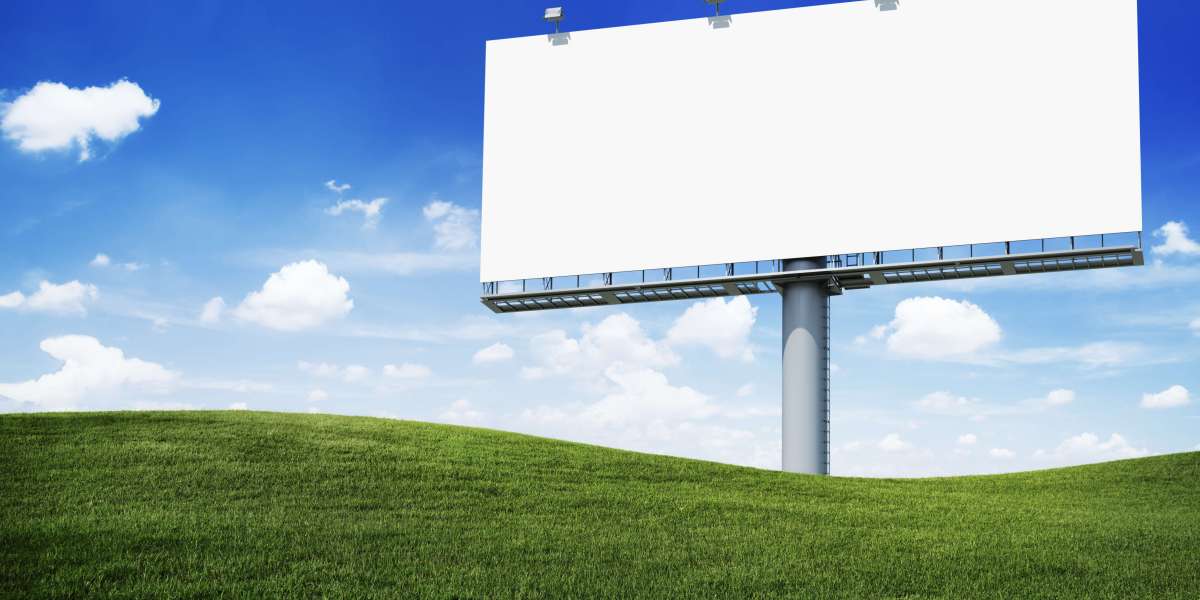1. The Strength of Traditional Outdoor Advertising
Traditional OOH advertising has long been trusted for its visibility, scale, and permanence. A well-placed billboard or a creatively wrapped bus can turn heads and remain in public view for days or weeks, making it ideal for building brand awareness.
But the challenge has always been measurement and engagement. While traditional formats offer reach, they’ve historically lacked the targeting and analytics capabilities of digital channels.
2. Enter Technology: The Digital Transformation of OOH
Thanks to advancements in technology, outdoor advertising is no longer static or difficult to track. Here's how tech is transforming the landscape:
Digital Billboards (DOOH)
Digital Out-of-Home (DOOH) screens allow for dynamic content that can be changed in real time. Brands can now:
Tailor messages based on time of day or weather.
Sync campaigns with live data or social media feeds.
Deliver multiple campaigns on a single screen, maximizing ROI.
Geolocation & Mobile Integration
By integrating geolocation data, marketers can now target consumers more effectively:
Trigger ads based on foot traffic patterns.
Send complementary mobile ads to users near a billboard.
Use QR codes and NFC tags for direct engagement, linking offline exposure with online actions.
AI & Data Analytics
AI-driven insights allow marketers to:
Measure impressions using anonymized mobile data.
Optimize placements based on real-time performance.
Personalize messages by analyzing audience demographics in specific areas.
3. Creative Storytelling Across Platforms
Technology also enhances creative storytelling. For instance:
Augmented Reality (AR) can turn a bus stop into an immersive brand experience.
Interactive kiosks let users explore products, enter contests, or get directions.
Projection mapping transforms buildings into living canvases that tell a story.
These interactive elements make outdoor ads not just visible but memorable—fostering deeper brand engagement.
4. Case Studies: Innovation in Action
Nike’s DOOH campaign during the Olympics used real-time data to display athletes’ performances and connected fans via mobile interactions.
Coca-Cola’s AR billboard in Times Square let passersby interact with a virtual vending machine.
McDonald’s has used dynamic billboards that change based on the weather (e.g., showing hot coffee on cold mornings).
These examples highlight how brands are using tech to add layers of personalization and immediacy to traditional outdoor formats.
5. The Human Element: Why Tradition Still Matters
Despite the digital upgrades, the value of traditional formats shouldn’t be overlooked:
Physical presence creates subconscious trust and credibility.
Outdoor ads reach people during daily routines, free from ad blockers or scroll fatigue.
Familiar formats (like a massive highway billboard) have cultural resonance that digital-only ads often lack.
6. The Future: Smart Cities and Smarter Ads
As cities become smarter—with IoT sensors, connected transit systems, and 5G networks—the potential for OOH marketing grows exponentially:
Imagine real-time ads reacting to traffic flows.
Or public transport shelters offering live event updates or hyperlocal promotions.
The blending of tradition and technology is not just a trend—it’s a necessity for brands looking to stand out in a noisy world.
Conclusion
Outdoor marketing is undergoing a renaissance. By blending time-tested traditional formats with cutting-edge technology, brands can achieve the best of both worlds: broad visibility and precise targeting, high impact and measurable results, static presence and dynamic engagement.
For marketers ready to innovate, the outdoor landscape offers endless possibilities—right at the intersection of physical reality and digital imagination.



